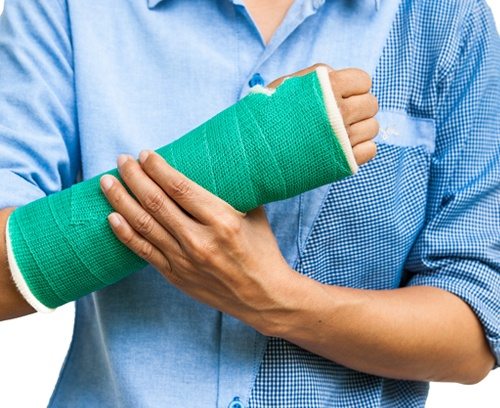
Car accidents can have devastating consequences, resulting in injuries that may have long-term effects on the victims. In the aftermath of an accident, determining fault becomes crucial in seeking compensation for damages. However, there are instances where the responsible party may raise a defense known as the seat belt defense to mitigate their liability.
If you’ve been injured in a Florida car accident, talk to the Orlando car accident attorneys at the Martinez Manglardi personal injury law firm. Call 866-729-9541 for a FREE CONSULTATION.
Understanding the Seat Belt Defense
The seat belt defense is a legal strategy used by the responsible party in a car accident to reduce their liability by the amount of damages that could have been prevented if the injured party had been wearing their seat belt. It is important to note that the seat belt defense is rooted in torts law, which encompasses legal claims arising from negligence or malfeasance resulting in injury to another person. There are two primary tort theories associated with the seat belt defense: comparative negligence and failure to mitigate damages.
Comparative Negligence
States that adhere to the comparative negligence theory consider the liabilities of both parties involved in an accident. Under this theory, the injured party’s recovery may be limited or denied if they are found to be partially at fault. States employing the modified comparative negligence theory may bar the injured party from recovering any damages if their fault exceeds a certain threshold, often set at 50 percent. In states that follow the “pure” comparative negligence theory, the injured party’s award is reduced proportionally based on their degree of responsibility.
Failure to Mitigate Damages
Failure to mitigate damages refers to the injured party’s failure to take reasonable actions to limit the extent of their injuries. While this concept typically applies to actions taken after an accident, some states interpret the failure to wear a seat belt as a failure to mitigate damages that can occur before the incident. Consequently, damages awarded to the injured party may be reduced based on this failure to take precautionary measures.
Elements of the Seat Belt Defense
To establish the seat belt defense successfully, certain elements must be proven by the defendant. These elements may vary depending on the jurisdiction but generally include:
1: Failure to Use an Available and Operational Seat Belt
The first element of the seat belt defense requires demonstrating that the injured party failed to use an available and operational seat belt. This can be proven through non-expert testimony, such as statements made by the injured party at the accident scene indicating their failure to wear a seat belt. Alternatively, an engineer or expert may examine the belt system or photographs thereof to determine whether indicators of seat belt use are present. In many cases, the mere existence of seat belts in the vehicle is sufficient evidence of their availability and operability.
2: Unreasonableness of the Failure to Use the Seat Belt
The second element involves establishing that the injured party’s failure to use the seat belt was unreasonable under the circumstances. State statutes often require individuals to wear seat belts while operating motor vehicles, and failure to comply with these laws may be considered evidence of comparative negligence. Unless the injured party can provide a valid reason for not wearing a seat belt, it is generally presumed that their failure to do so was unreasonable.
3: Causation of Substantial Damages
The third element of the seat belt defense requires proving that the failure to use the seat belt caused or substantially contributed to the damages suffered by the injured party. In some cases, expert testimony from medical or biomechanical experts may be necessary to establish this causation. However, certain scenarios, such as occupant ejection cases, may not require expert testimony. In these instances, a jury may rely on its common knowledge to conclude that the failure to wear a seat belt substantially contributed to the injuries sustained.
The Role of a Car Accident Attorney
Navigating the legal complexities surrounding personal injury cases, including the seat belt defense, can be overwhelming. If you have been injured in a car accident and believe the seat belt defense may impact your case, it is crucial to seek the guidance of an experienced car accident attorney. These professionals possess the knowledge and expertise to assess the strength of your claim or defense, ensuring your rights are protected. By enlisting the services of a car accident attorney, you can receive the necessary support and representation throughout the litigation process.
To obtain the best possible outcome for your personal injury case, consider consulting the Orlando car accident attorneys at the Martinez Manglardi personal injury law firm. With 35 years of experience, our team has a proven track record of winning personal injury lawsuit settlements. Whether you require assistance in Orlando or anywhere else in Central Florida, our offices are conveniently located to serve your needs. Call 866-729-9541 today for a FREE CONSULTATION.





